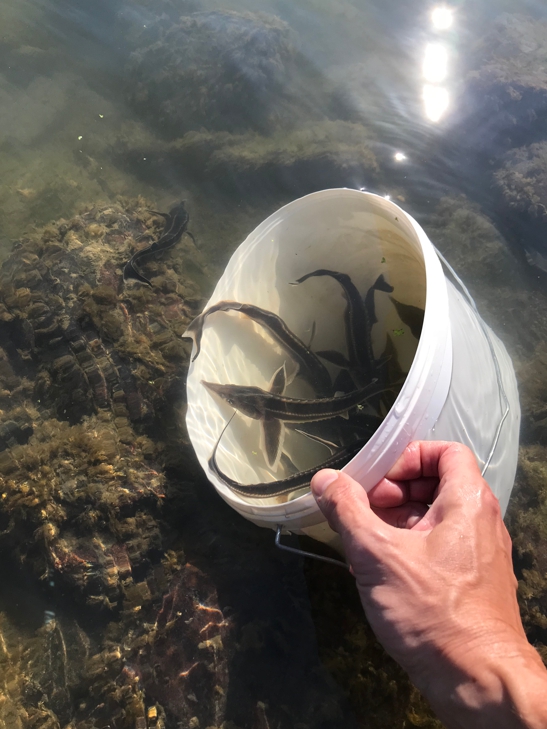research
& innovation
NAVIGATION
RESEARCH & INNOVATION
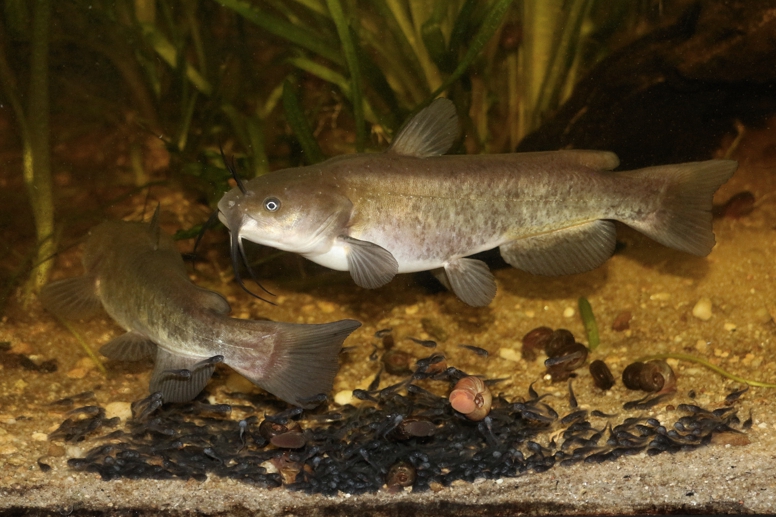
breeding freshwater fish
For the development of the electronic identification key to fish larvae and juvenile stages, the focus of activities shifted from 2017 to the keeping and breeding of freshwater fishes. The work on breeding continued until the product was completed in autumn 2023.
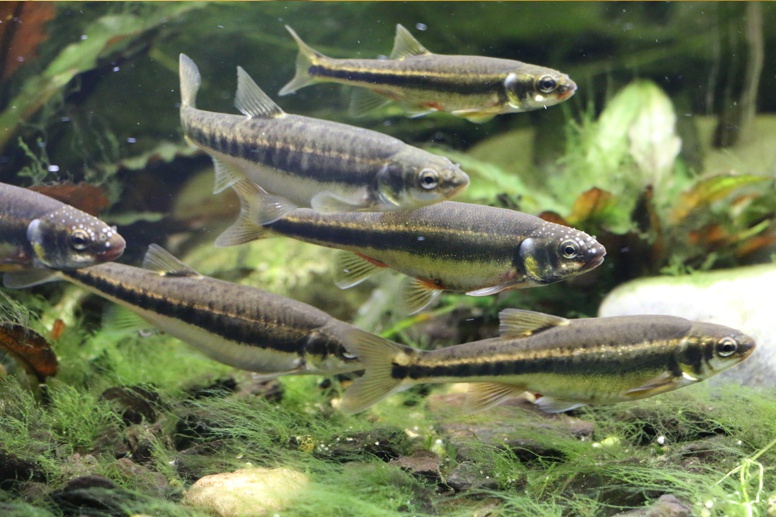
Material procurement & cooperations
Some of the fish species were bred in the company’s own aquarium and outdoor facility. The parent animals come from wild catches or were bought from fish farms; eggs were partly collected in the wild or, e.g. from some sturgeon species, purchased commercially.
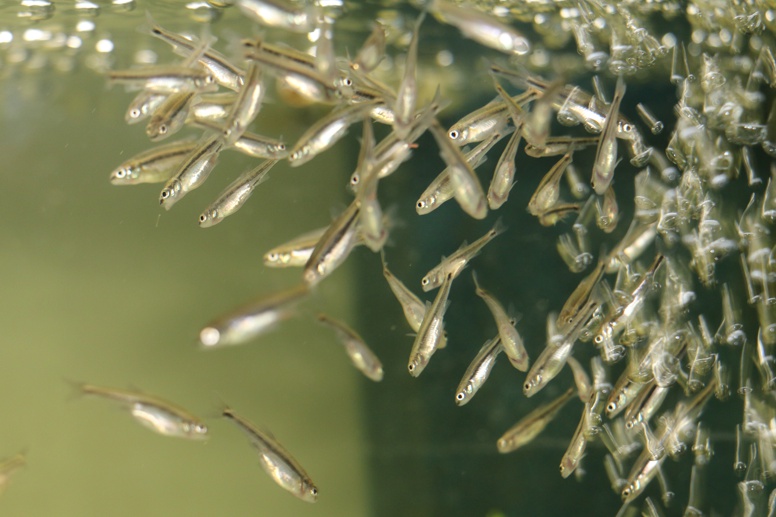
A significant proportion of the required specimens were provided by co-author Wolfgang Hauer as well as fish breeders, scientific institutions, the aquarium house of the Alpenzoo from Innsbruck and by some experts. The list of supporters of the project can be accessed via the Support link on the homepage.
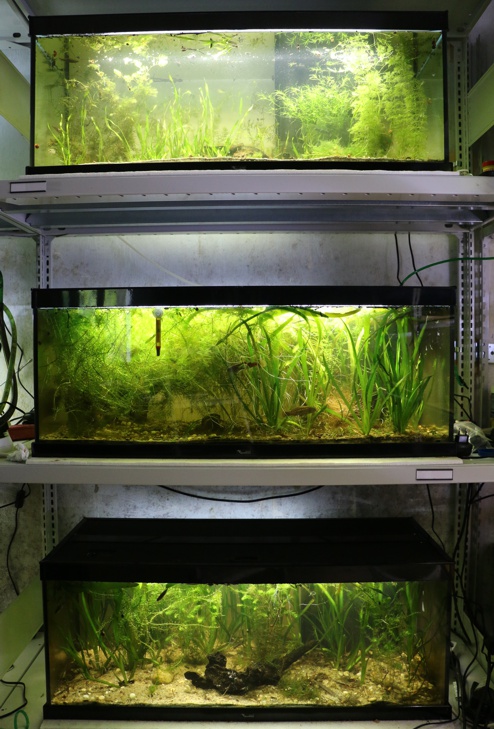
Aquaria installation
An aquarium system, consisting of twelve tanks, was set up in a basement of the office for fish farming. The water in the aquariums with temperature-sensitive species was kept at a low temperature using cooling units. For rheobiontic species, powerful water pumps provided the appropriate flow conditions. Eggs were regularly removed from the substrate or shielded from the parents by grids close to the bottom. Eggs and newly hatched larvae were transferred to so called “egg tumblers” (shown in the right image).
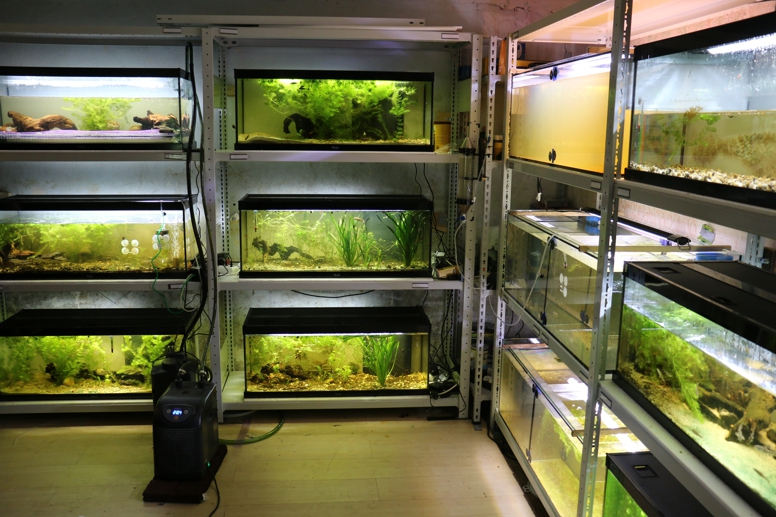
After the yolk sac was consumed, the larvae were fed with rotifers and later with artemia. Breeding and rearing proved to be difficult for some species, and larval material could often only be obtained after several unsuccessful attempts.
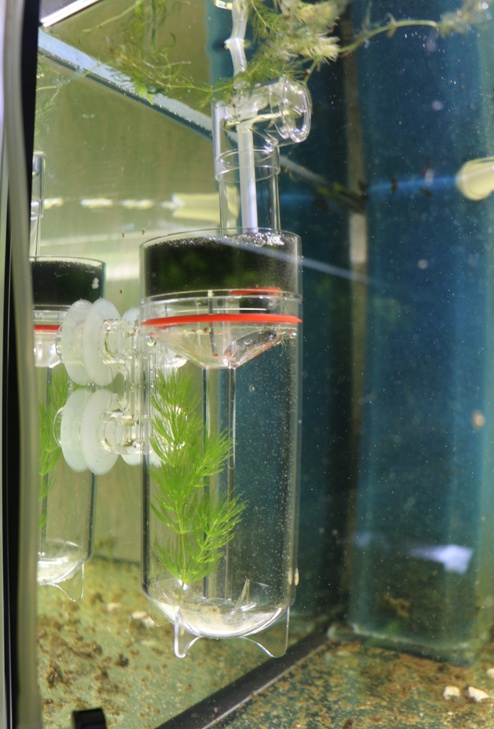
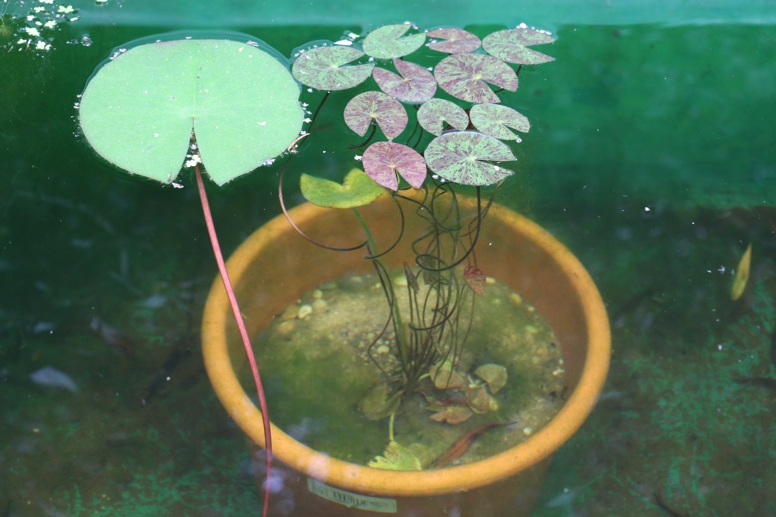
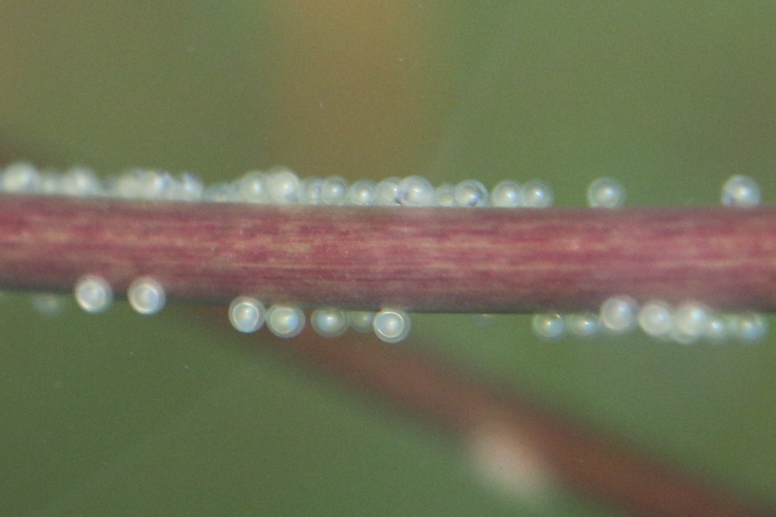
outdoor facilities
Larger species such as ruffe, gudgeon and tench, as well as smaller species such as mud minnows and sunbleak, which did not reproduce successfully in the indoor facility, were transferred to the 1.500 liter outdoor tanks or outdoor aquariums for breeding. Water lilies or hornwort in pots were exposed and used as spawning substrate, which were regularly searched for eggs. Egg clutches were removed in time and placed into the egg tumbler of the indoor aquarium system.
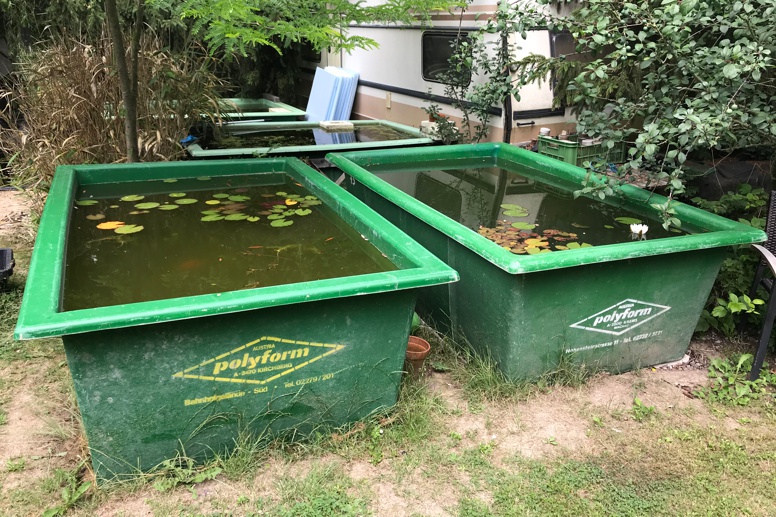
Picture above: 1.500 liter outdoor tanks. Aeration was provided by powerful external filters or solar-powered aerators. Picture bottom left: Clutch of sunbleak (Leucaspius delineatus) on a water lily stem.
spawning monitoring
An Aqua-Vu HD10i Pro under-water camera was used to monitor the mating process and egg laying of parent fish in the 1.500 liter tanks. With this method, activities between and below the floating plants could be observed without affecting the fish’s behavior too much. The camera was lowered into the tanks via a data cable and positioned above the spawning substrate. Observation was carried out via the camera monitor at a sufficient distance from the basins.
sturgeons
A total of five sturgeon species were reared from eggs until they reached the juvenile stage; specimens of another, Acipenser oxyrinchus, were provided by the Stralsund Maritime Museum. A cross between Siberian and Russian sturgeon was also kept and documented, but not included in the key. Depending on the quality of the egg material, between 50 and 100 animals reached juvenile age (e.g. Siberian and Stellate Sturgeon), or the eggs died shortly after arrival and only a
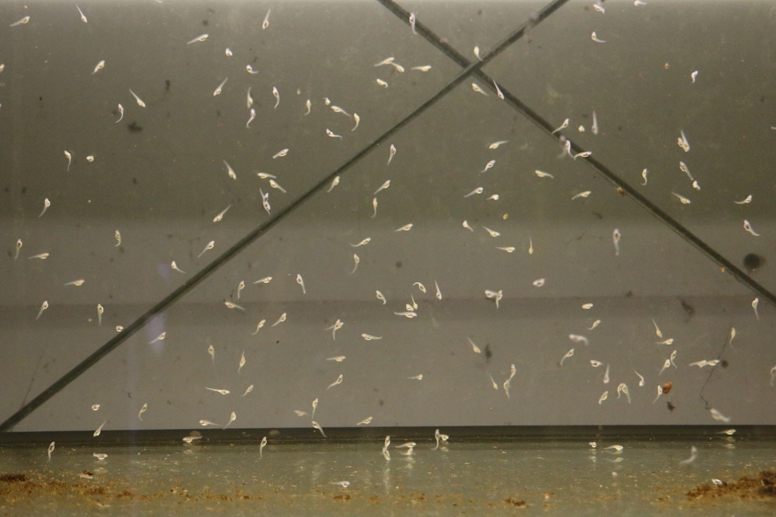
Picture above: Recently hatched larvae of the Stellate Sturgeon (Acipenser stellatus).
few animals passed through the required developmental stages (e.g. Russian sturgeon (Acipenser gueldenstaedtii) and Beluga (Huso huso)).
With the exception of the sterlet (Acipenser ruthenus), the surviving sturgeons, the Siberian sturgeon (Acipenser baerii) and the Stellate Sturgeon (A. stellatus) were housed on fish farms. The sterlets originate from the Life-Sterlet-Project in Vienna; the surplus animals were therefore released into the Austrian Danube after reaching the juvenile stage (right image).
